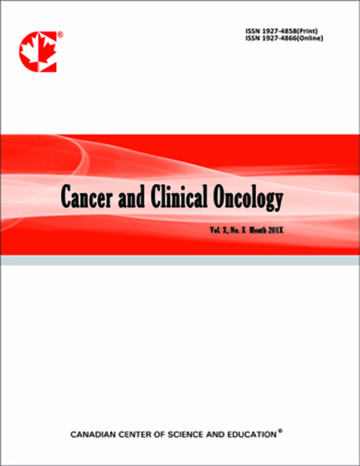Radioactive Seed Localization for Nonpalpable Breast Lesions in a Community Hospital Setting
- James Wheeler
- Karlyn Harrod
- Fang Liu
- Elizabeth Garber
- Lisa Grove-Narayan
- Adam Moore
Abstract
Purpose: To compare the positive margin rates for women with nonpalpable breast tumors whom had wire localization compared to radioactive seed localization in a small community hospital.
Introduction: Wire localized (WL) breast biopsies have been performed on patients with nonpalpable breast lesions for many years. Radioactive seed localization (RSL) offers advantages of patient comfort and scheduling convenience.
There is an extensive literature from large centers regarding the RSL technique. Little is known whether physicians performing these procedures in smaller community hospitals can achieve comparable negative margin rates as those performed with wire localization.
Methods: The thirty-six patients who underwent wire localized breast conserving surgery between September 18, 2013 and December 10, 2014, were compared to the 48 radioactive seed localization patients resected between February 12, 2014 and December 18, 2014. The primary objective was to determine if the introduction of the radioactive seed localization technique significantly changed the positive margin rate.
Results: Two of 36 wire localized breast biopsied patients had positive margins, compared to 5 of 48 radioactive seed localization patients, a difference which is not statistically different. The specimen weight was larger for the patients treated with the RSL technique. There was a trend toward a higher positive margin rate with older patients.
Conclusion: The positive margin rate was similar between the wire localized and radioactive seed localized patients, and comparable to those in the published literature.- Full Text:
 PDF
PDF
- DOI:10.5539/cco.v5n1p25
Journal Metrics
Google-based Impact Factor (2018): 3.94
h-index (August 2018): 8
i10-index (August 2018): 6
h5-index (August 2018): N/A
h5-median(August 2018): N/A
(The data was calculated based on Google Scholar Citations. Click Here to Learn More. )
Index
Contact
- Lexie GreyEditorial Assistant
- cco@ccsenet.org
